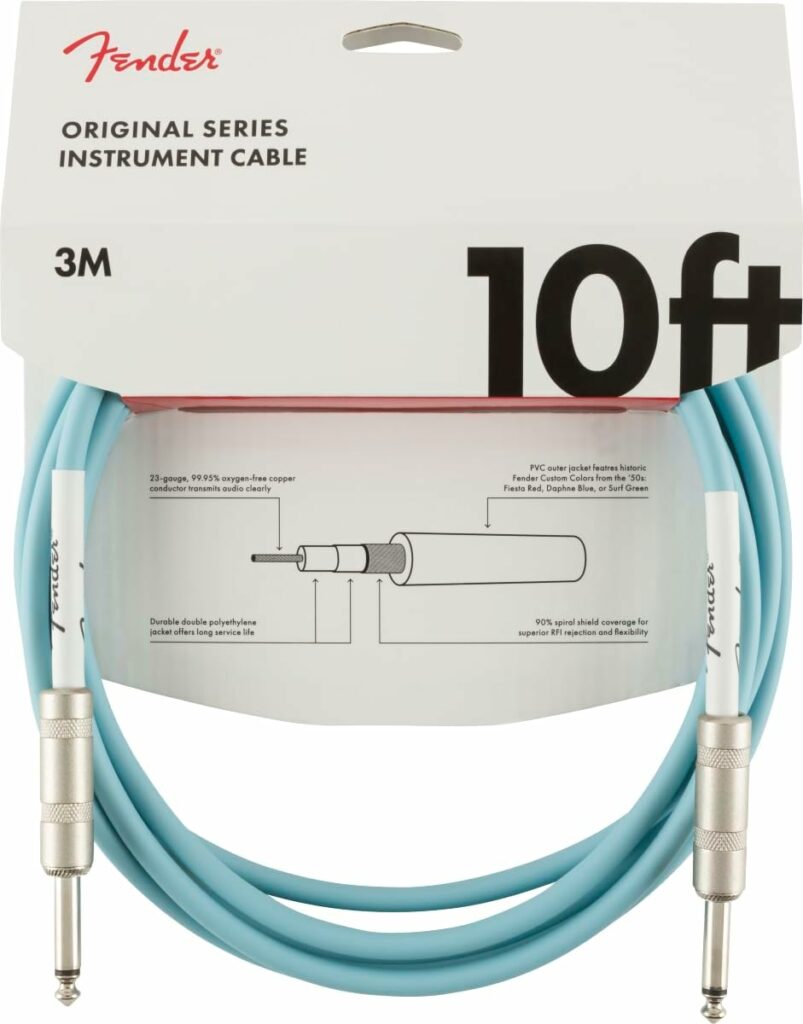What Cable Did Jimi Hendrix Use? Unraveling the Mystery of a Guitar Legend’s Signal Chain
Jimi Hendrix’s revolutionary guitar tone—a searing blend of fuzz, wah, and psychedelic improvisation—has inspired generations of musicians. While his Fender Stratocasters, Marshall amps, and iconic pedals like the Fuzz Face are well-documented, one question often goes unasked: What cables did Hendrix use?
In the 1960s, guitar cables were far from the high-tech, low-capacitance options we have today. Yet these humble wires carried Hendrix’s groundbreaking sound to amplifiers and tape machines, shaping history in the process. In this article, we’ll explore the cables Hendrix likely used, how they influenced his tone, and what modern players can learn from his no-frills approach.
The State of Guitar Cables in the 1960s
To understand Hendrix’s cable choices, we need to revisit the technology of his era:
- Basic Construction: Most cables were simple coaxial designs with a central conductor, dielectric insulation, and braided shielding. Brands like Vox, Fender, and Amphenol dominated the market.
- High Capacitance: Cables in the ’60s typically had higher capacitance (around 50–100pF per foot), which rolled off high frequencies, creating a slightly darker tone.
- Durability Focus: With rock’s rise as a live phenomenon, cables were built to survive stage use—thick rubber jackets, nickel-plated connectors, and coiled designs for stretchability.
Hendrix’s rig was a product of this era: functional, roadworthy, and uncomplicated.
Jimi Hendrix’s Likely Cable Setup
While no definitive records exist of Hendrix endorsing specific cable brands, insights from bandmates, engineers, and gear historians paint a plausible picture:
1. Coiled Cables for Live Performances
Hendrix’s explosive stage presence demanded mobility. Coiled cables—stretching up to 30 feet when fully extended—were a staple of ’60s rock shows. These cables:
- Allowed Hendrix to roam stages while staying connected to his amp.
- Added natural compression and high-end roll-off due to their length and capacitance.
- Were likely made by Vox or Fender, brands that supplied accessories to touring musicians.
2. Amphenol Connectors
Vintage photos show Hendrix using cables with Amphenol-style connectors—the industry standard at the time. These nickel-plated plugs were prized for their:
- Rugged construction (critical for Hendrix’s aggressive playing).
- Secure grip in amp and pedal jacks.
3. Studio-Grade Cables for Recording
In the studio, engineers like Eddie Kramer prioritized minimizing noise. While specifics are scarce, Hendrix likely used:
- Lower-capacitance cables (compared to coiled live ones) to preserve high-end clarity.
- Brands like Belden or Canare, which supplied professional studios in the late ’60s.
How Hendrix’s Cables Shaped His Tone
Hendrix’s tone wasn’t just about gear—it was about how that gear interacted. Here’s how his cables played a role:
1. High Capacitance = Warmer, “Vintage” Tone
The coiled cables Hendrix used live had significant capacitance, acting as a passive low-pass filter. This:
- Tamed the brightness of his single-coil Stratocasters.
- Enhanced midrange growl, complementing his use of fuzz and overdriven Marshalls.
2. Cable Length and Signal Loss
Long cable runs (20+ feet) between guitar, pedals, and amp caused slight signal loss, subtly compressing his tone. This natural compression added sustain to solos like Voodoo Child (Slight Return).
3. Limited Shielding and Noise
’60s cables had less shielding than modern counterparts, making Hendrix’s rig prone to hum—especially near neon stage lights or TV crews. Ironically, this noise became part of his raw, live sound.
Could Hendrix’s Cables Handle Modern Playing?
Probably not. Vintage cables lacked:
- Low-Capacitance Designs: Critical for high-gain metal or pristine clean tones.
- Advanced Shielding: Modern cables use dual-layer braiding to block Wi-Fi and cell interference.
- Lightweight Flexibility: Hendrix’s thick coiled cables were cumbersome compared to today’s slim options.
That said, Hendrix’s tone proves that “imperfect” gear can yield legendary results.
How to Replicate Hendrix’s Cable Sound Today
Want to capture Hendrix’s cable vibe without hunting for 60-year-old gear? Try these tips:
1. Use a Coiled Cable
- Fender Custom Shop Coiled Cable: A faithful reissue with vintage capacitance (≈80pF/ft).
- Vox VCC1: Retro design with cloth braiding for authentic ’60s aesthetics.
2. Add a Subtle High-End Roll-Off
- Treble-Bleed Mod: Remove the treble bleed circuit from your guitar’s volume pot.
- Tone Knob Adjustment: Set your amp brighter, then roll off highs slightly with your guitar’s tone knob.
3. Embrace “Imperfect” Signal Chains
- Skip buffers to let your cable’s capacitance color your tone.
- Use a Fuzz Face (as Hendrix did)—it interacts uniquely with cable capacitance.
FAQs About Jimi Hendrix’s Cables
Q: Did Hendrix use wireless systems?
A: No. Wireless tech didn’t exist for guitars in the 1960s.
Q: Are vintage cables better for Hendrix tones?
A: Not necessarily. Modern coiled cables (e.g., Fender) replicate the capacitance and feel.
Q: How did Hendrix avoid cable noise?
A: He didn’t—hum was part of his live sound. Studios used noise gates sparingly.
The Bottom Line: Tone Is in the Chain
Jimi Hendrix’s cables remind us that tone is holistic. While he didn’t use “boutique” gear, his intuitive understanding of how each piece interacted—guitar, cable, pedal, amp—created magic. For modern players, chasing his sound isn’t about exact replicas; it’s about embracing experimentation and the human touch.
Pro Tip: Pair a coiled cable with a Dallas-Arbiter Fuzz Face and a Marshall-style amp for instant Hendrix vibes.

